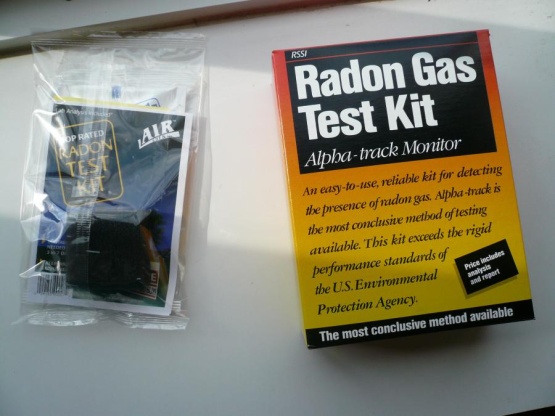Do I Really Need to Test My Home for Radon?
Archived Blog Post
This blog post is archived and might not be accurate anymore.
Radon is an invisible radioactive gas that has no smell or taste.
I think we can all agree we don’t want an invisible radioactive gas lurking in our home. Radon gas comes from the natural breakdown of uranium in the ground and part of that process is the release of the gas into the air. Outdoors, radon poses no harm to health because it tends to dilute in the air. However, sometimes radon makes its way into homes through small cracks in the floors or walls.
Over time, breathing in high levels of radon can cause serious health problems, including lung cancer. In fact, radon is the second leading cause of lung cancer in the United States.
Because of the ways that radon and tobacco smoke both damage the lungs, it can be especially dangerous for people who smoke. Their risk of lung cancer is 10 times higher than that of non-smokers.
Over the past three years, testing revealed that roughly half of the homes tested in Dane County had high levels of radon.
Because you can’t smell or taste radon in your home, the only way to know for sure if have a radon problem in your home is through testing. Radon testing recommended every two years even if the levels were low the last time you tested.
You should always follow the directions on the test kit packaging, but typically you’ll simply open the test kit and place it in the lowest lived-in level of your home with the windows closed. The basement could be considered “lived-in” if you spend at least seven hours there every week. Allow the test to monitor the space for 2-4 days. Then, send it into the lab to be analyzed. Results are usually available about 2-3 weeks later.

There are many ways to buy a test kit:
- By Phone
- Call the South-Central Radon Information Center at (608) 243-0392
- By Mail
- Public Health Madison & Dane County (Attn: Radon Program)
- 2300 S. Park Street, Room 2022
- Madison, WI 53713
- Short-term kits are $10, long-term kits are $15 (Checks paid to Madison City Treasurer)
- In Person
- Atrium Office: 2300 S. Park St., Suite 2010, Madison
- East Washington Avenue Office: 2705 E. Washington Ave., Madison
- Online or at local hardware stores
- Through a certified radon mitigation contractor
Understanding your results
Sometimes, understanding the results of radon testing can be a bit confusing. Radon is measured in picocuries per liter, which are abbreviated pCi/L. The chart below comes from the Wisconsin Department of Health Services.
| Test Result | Steps Needed |
| Less than 4 pCi/L |
|
| Between 4-7 pCi/L |
|
| 8 pCi/L and above |
|
If results show that there is a concerning level of radon, a certified contractor can install a system to prevent radon from getting into the house. For more information regarding radon, including a list of qualified radon remediation contractors, visit the Wisconsin Radon Information webpage.
This content is free for use with credit to Public Health Madison & Dane County .


